Exploring the Magnificent World of Bears: A Guide to Different Types of Bears
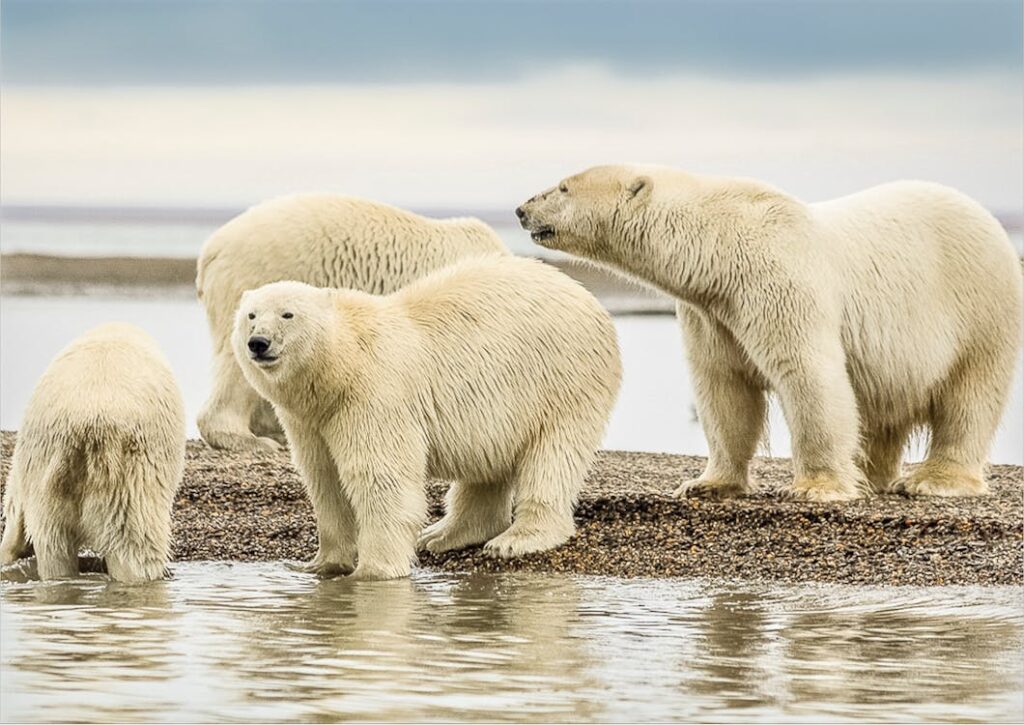
Step into the awe-inspiring universe of these magnificent creatures known as bears. Today, we shine a spotlight on the various types that call our planet home.
The Uniqueness of The American Black Bear
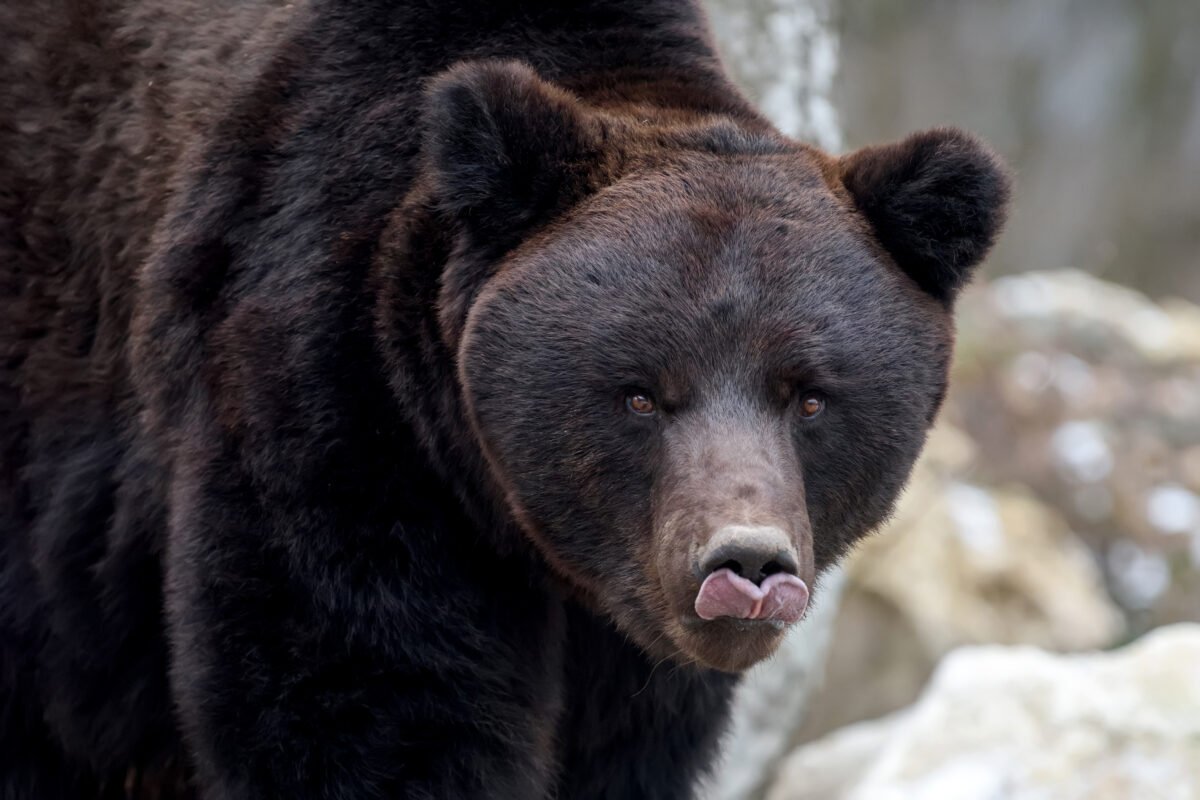
The American black bear, the smallest type found in North America, holds the distinction of having several subspecies under its roof. These include ones like the Mexican black and the Olympic black bear, among others. On the food front, these clever creatures are versatile omnivores, feasting on anything from berries to meat. Thankfully, though some bear species are endangered, the global span of the American black bear has ensured its survival.
Key Characteristics of The American Black Bear:
- Omnivorous diet
- Several unique subspecies
- Still thriving and not endangered
A Glimpse into the Asian Black Bear’s Life
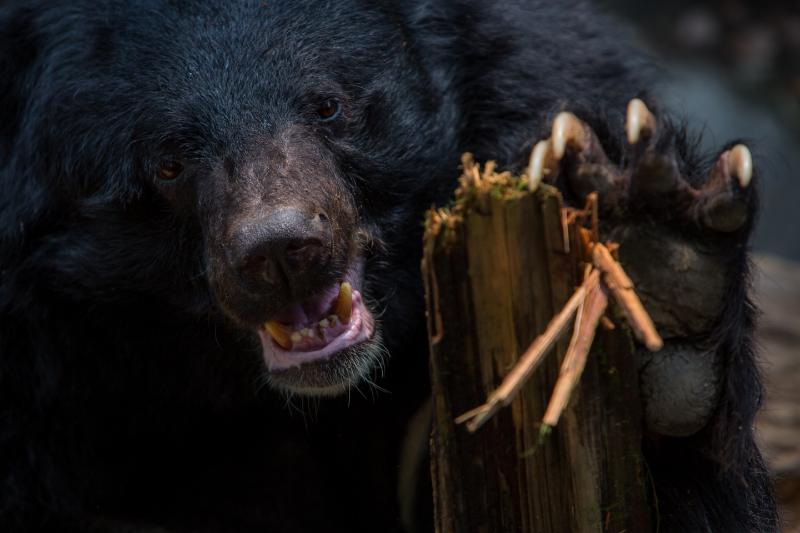
The medium-sized Asian black bear boasts several subspecies, with each one showcasing unique fur variations and sizes. Although mostly herbivores, human interactions with these bears should be undertaken with great caution as they have a reputation for unprovoked attacks. Unfortunately, rampant deforestation and hunting have rendered them a vulnerable species.
Introducing: The Mighty Brown Bear
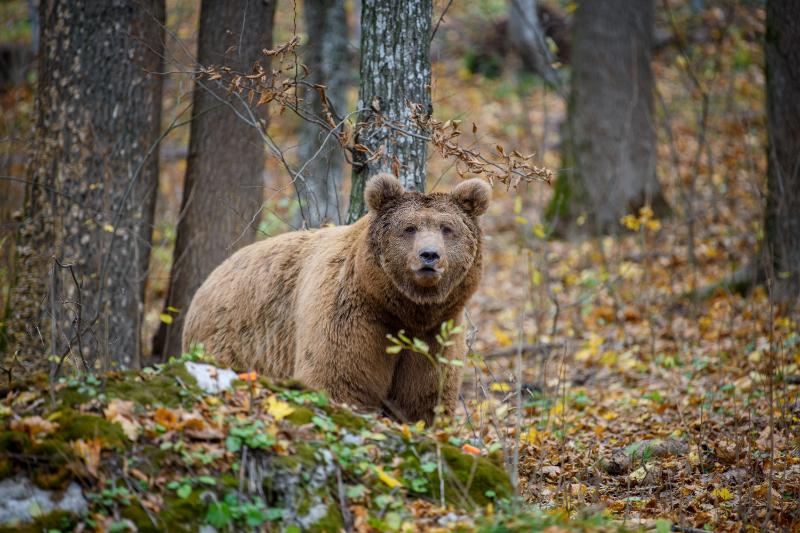
Brown bears, especially the Kodiak bear subspecies, belong to the most sizable types of bears worldwide. Habitats for these carnivorous creatures stretch from Russia to North America, with their size fluctuating based on the availability of meat and fish. The bigger ones can weigh over 1,500 lbs!
Meet the Captivating Giant Panda
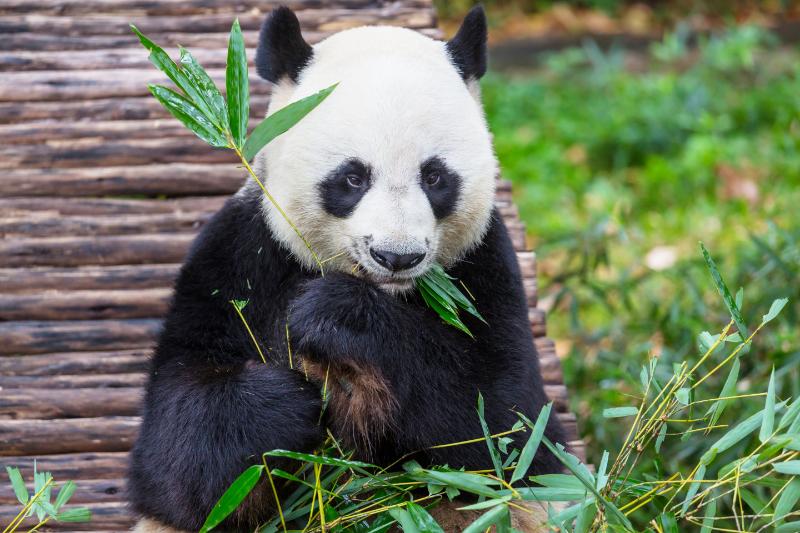
Nothing captures hearts quite like the Giant Panda, a globally recognized bear species with two significant subspecies. As fans of bamboo, it makes up 99% of their diet. It’s a hard truth that there are only 1,500 Giant Pandas left in the wild. Despite the best of efforts to breed them in captivity, success has been limited.
Moving on to the Lesser Known Sloth Bear
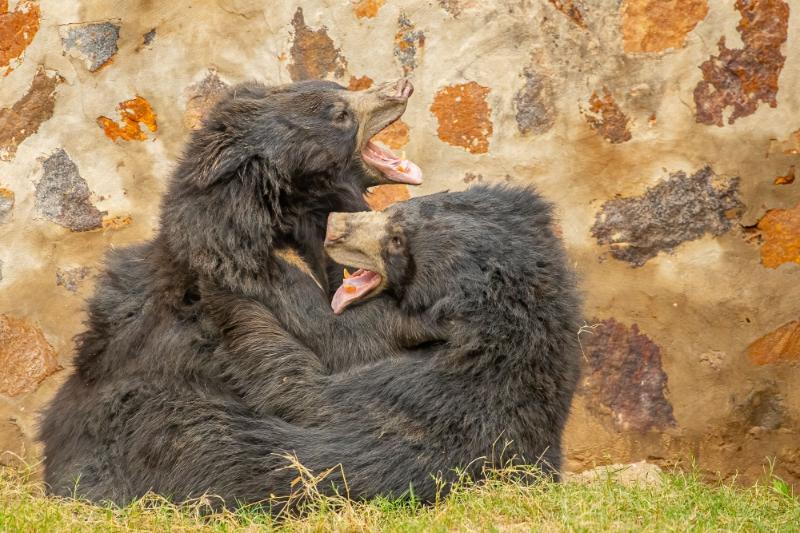
The sloth bear, predominantly found on the Indian subcontinent, is an intriguing creature that thrives in the night. These insect-eating creatures are easily distinguishable with their shaggy coats, sizeable stature, white claws, and distinctive nose.
See Related: The Mighty Giants: Exploring the World’s Largest Bear Species
Behold: The Petite Sun Bear
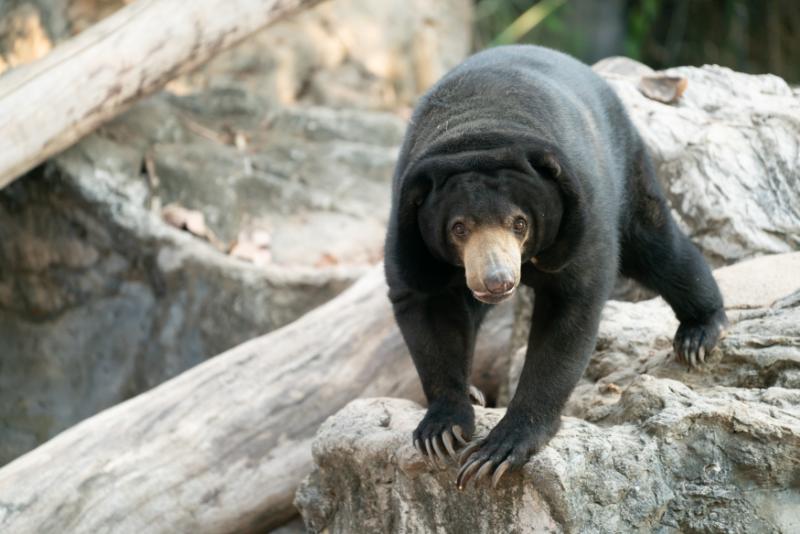
In the Southeast Asian tropical rainforests, you will find the smallest family member of the bear species – the Sun bear. Though they may have a humble size, these creatures have a diverse diet spanning from honey to small lizards.
Take a Journey to the Arctic: The Polar Bear
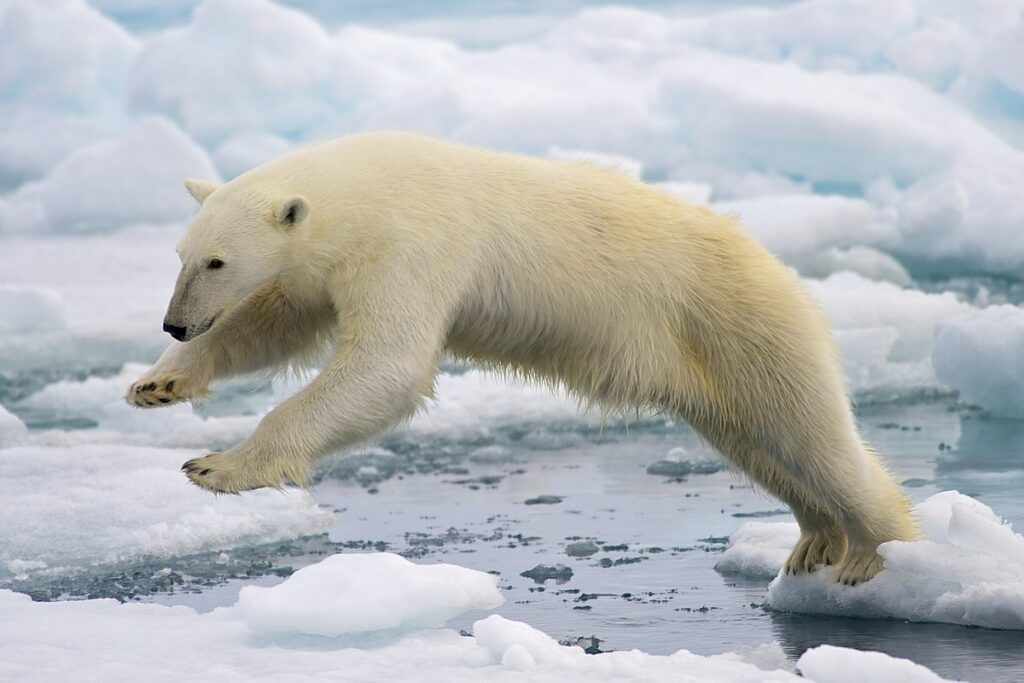
The Arctic Circle is the home to the endearing Polar Bear. Rapid global warming is drastically affecting their icy homes, and as these bears age, hunting for meals becomes challenging, leading to short lifespans. Continuing current global warming rates may spell an end to their natural habitat sooner rather than later.
Last but Not Least: The Spectacled Bear
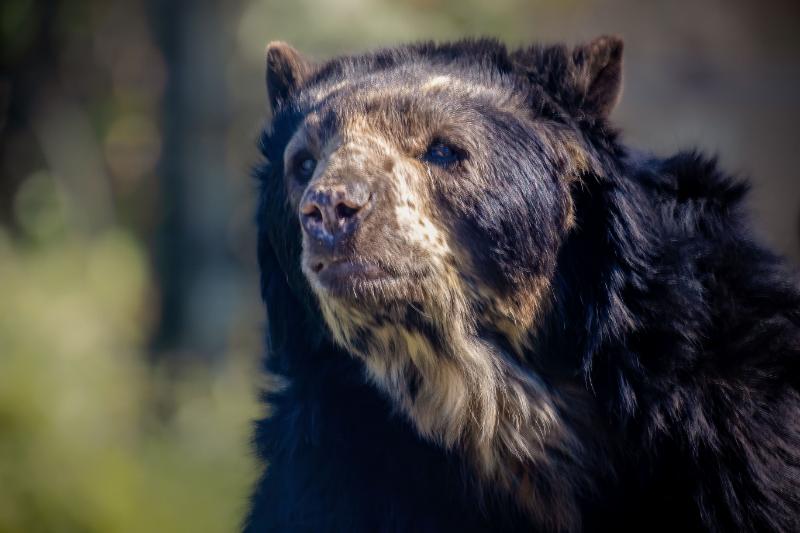
The Spectacled bear, sporting an unusual fur pattern that gives an illusion of glasses, is the final living species of short-faced bears from South America. The breathtaking Andes Mountains give them a second name: Andean bears.
As we wrap up this expedition into the world of different types of bears, we realize just how diverse and fascinating these creatures are. Earth’s rich, wild tapestry wouldn’t be the same without them. Let’s join hands to protect and cherish these mighty creatures.